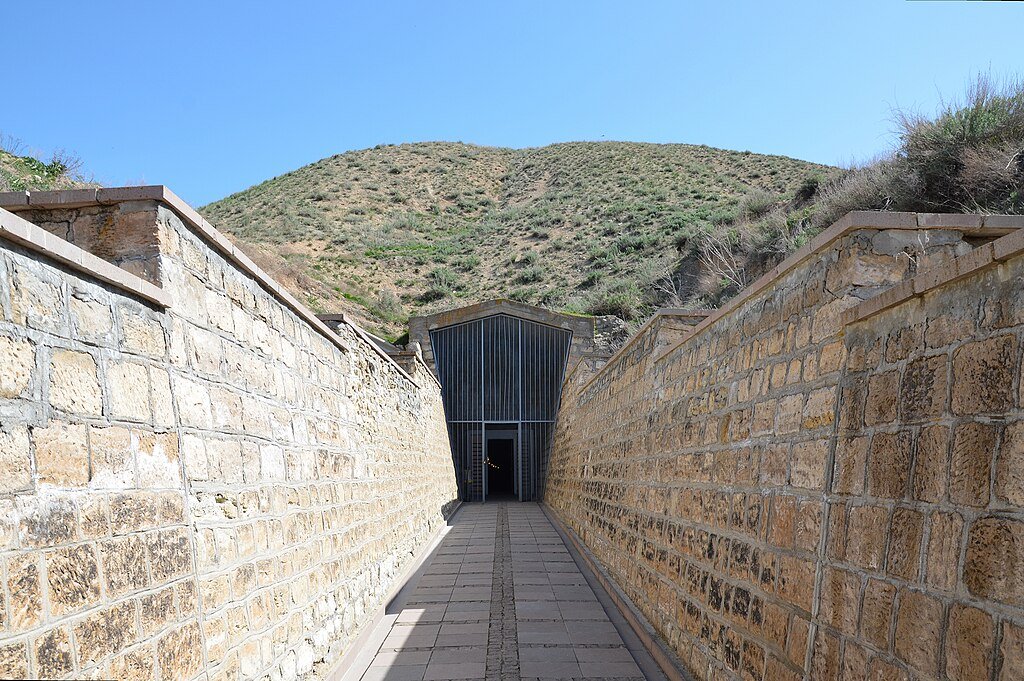Archaeologists have found a wealth of old secrets in the sun-baked plains of central Turkey, including a royal tomb containing the remains of a close relative of the fabled King Midas. Announced by Turkey’s Minister of Culture and Tourism Mehmet Nudi Ersoy, the finding has rocked the archaeological community with new understanding of the mysterious Phrygian civilization. Discovered in the historic city of Gordion, the tomb boasts 88 painstakingly kept relics ranging from bronze cauldrons to iron-nailed wooden fittings to evidence of a rare cremation burial, first for 8th-century BCE Phrygia. This discovery not only clarifies Phrygian royalty but also starts discussions on the truth behind the stories about Midas and his golden touch.
A Tomb Frozen in Time: The Remarkable Discovery
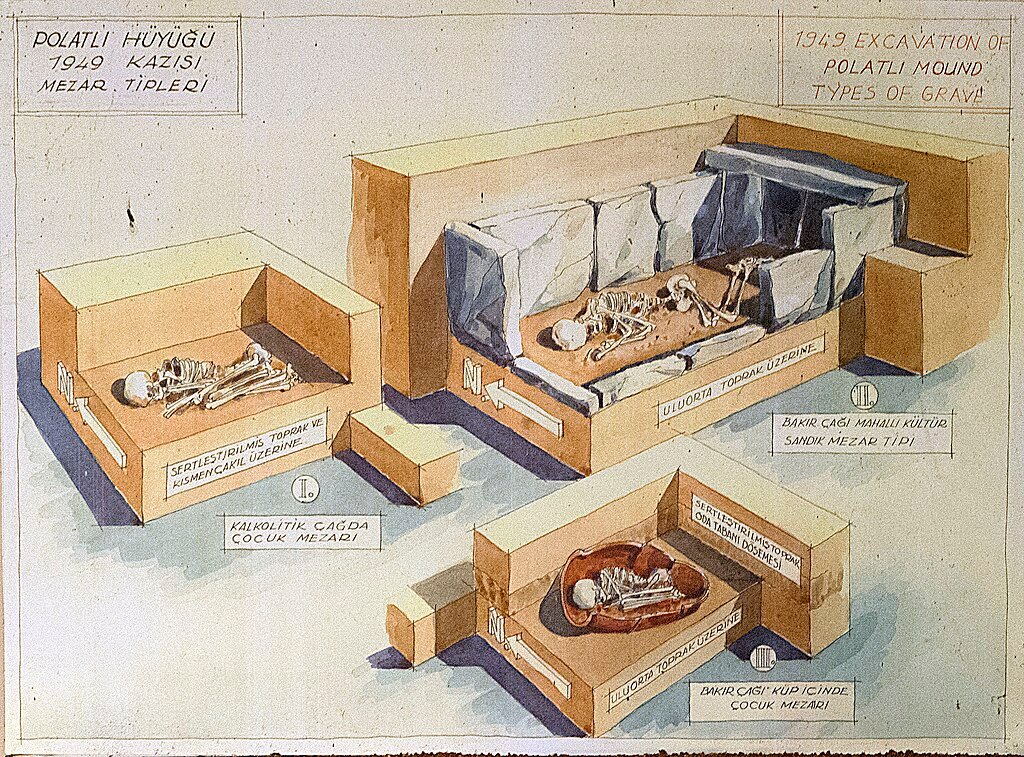
Under a 26-foot (8-meter) tall tumulus called T26, the wooden burial chamber is 10.2 by 9.2 feet (3.1 by 2.8 meters) and has not been disturbed for millennia. This tomb included cremated human bones, a startling departure from the more common inhumation customs of the time that points to a special funerary custom set only for the highest elite. As if frozen in the moment of their placement almost three millennia ago, the walls of the chamber still showed bronze vessels hung from iron nails. Declared Minister Ersoy, “this is the most important discovery since the Midas Tumulus,” suggesting the royal links of the tomb.
Gordion: The Beating Heart of Phrygian Power
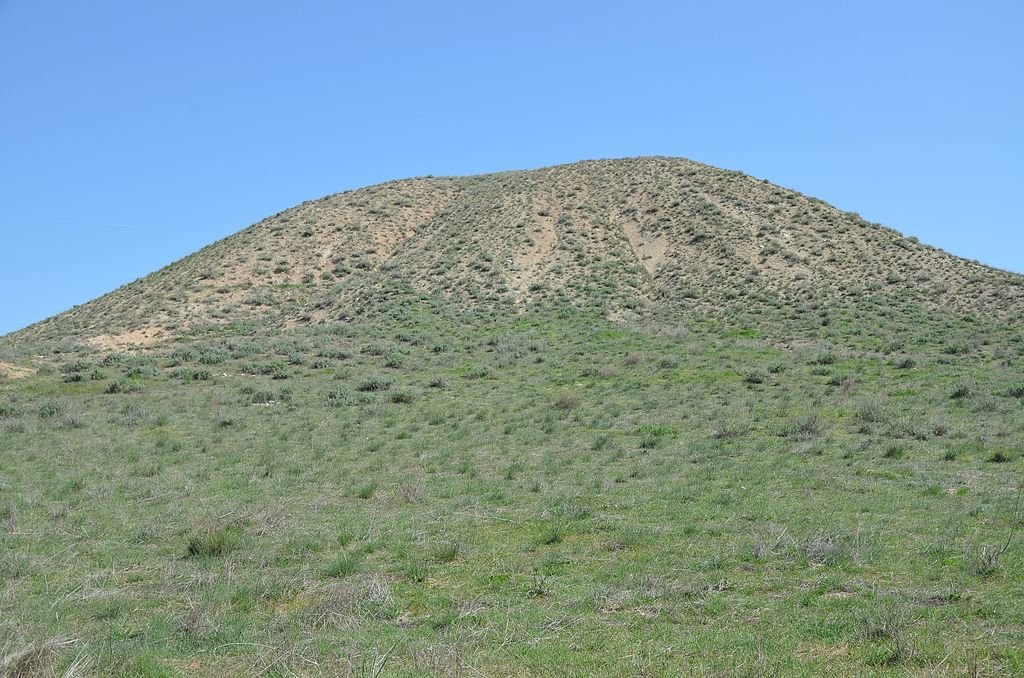
Originally the political and cultural center of the Phrygian Kingdom, which ruled Anatolia from 1200 to 675 BCE, Gordion was no typical city. Strategically placed at the junction of main trade routes connecting Assyria, Babylon, and Greece, Gordion flourished as a center of architectural, textural, and metallurgical innovation. Given in 2023, the city’s UNESCO World Heritage designation emphasizes its archaeological value. King Midas, its most well-known king, is still veiled in myth, but this most recent find moves us toward separating historical truth from fiction.
The Midas Connection: A Royal Relative?
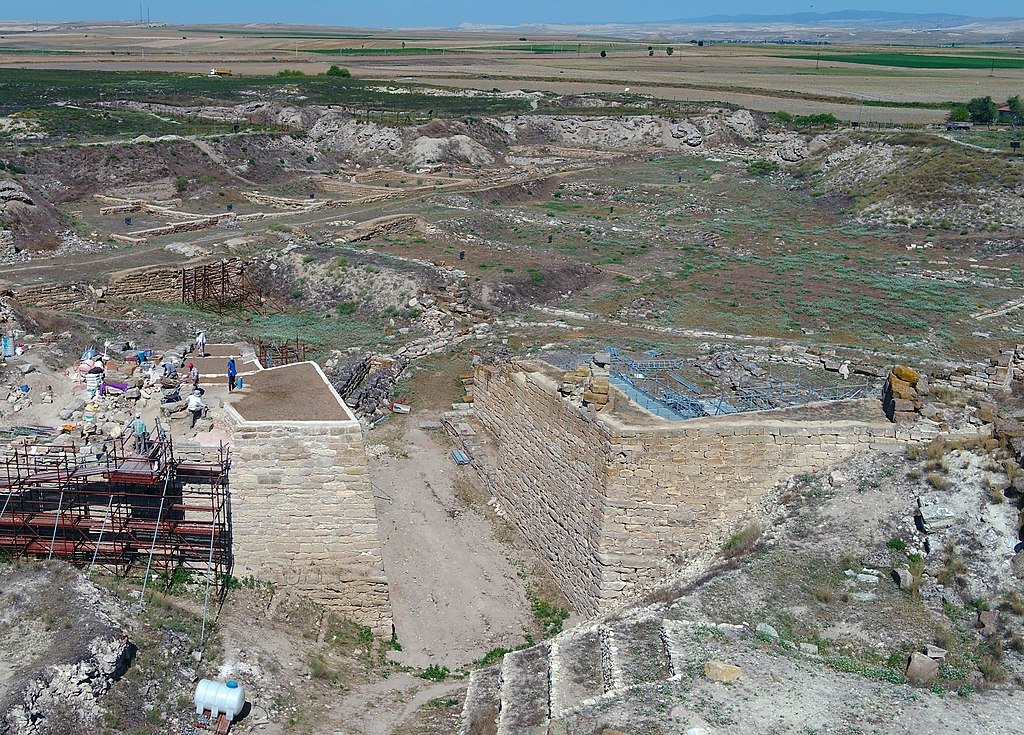
Experts hypothesize a direct link to Midas’ dynasty even though the tomb’s occupant is still unknown. Tumulus T26’s close proximity to the famous “Midas Mound” thought to contain the remains of Midas’ father, King Gordias supports this view. “It’s possible that it belonged to someone in Midas’s family,” archaeologist C. Brian Rose said. Large bronze cauldrons and ceremonial vessels among other items in the tomb reflect those discovered at the Midas Mound, so supporting its elite reputation. Still, the cremation itself raises questions: Why was this person burned while others were buried whole? The solution might be a lost royal ceremony or a quick change in Phrygian funeral practices.
The Mystery of the Phrygian Cremation
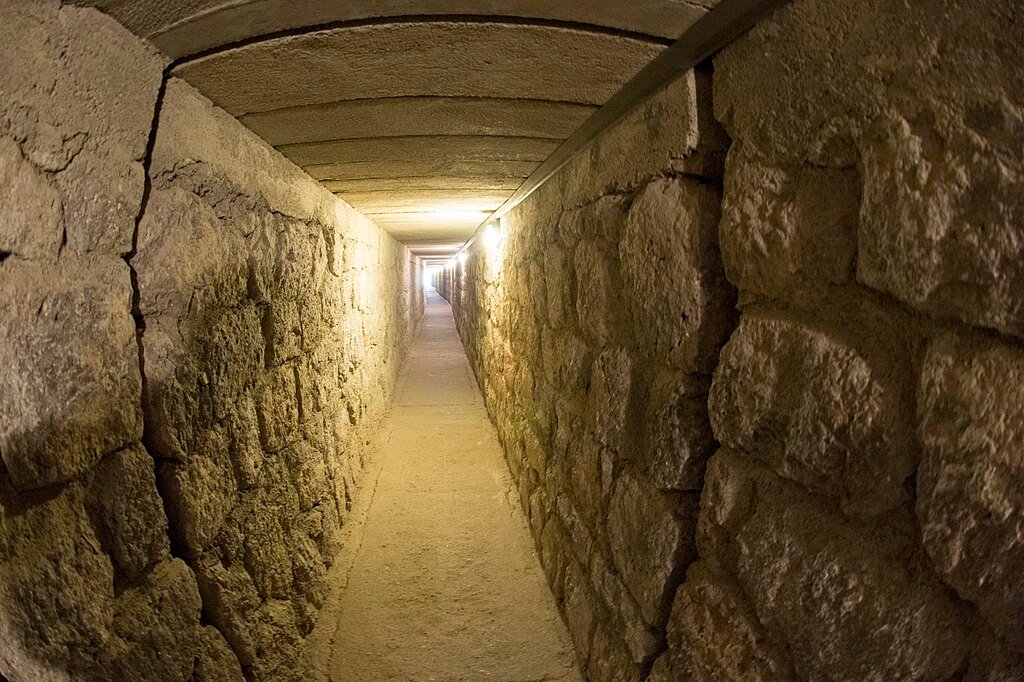
Given that cremation was almost unheard of in 8th-century BCE Gordion, this find was extraordinary. Leading the 121-day dig, Professor Yücel Şenyurt observed that the custom “clearly shows us that the person buried here was not an ordinary person.” Was this in response to a religious mandate, war, or illness? Some academics speculate it might show foreign influences, maybe connections to Balkan immigrants who shaped early Phrygian civilization. Alternatively, it might indicate a ceremonial deed set aside for kings or high priests, a theory yet unproven.
Artifacts That Speak: Bronze, Iron, and the Echoes of Power
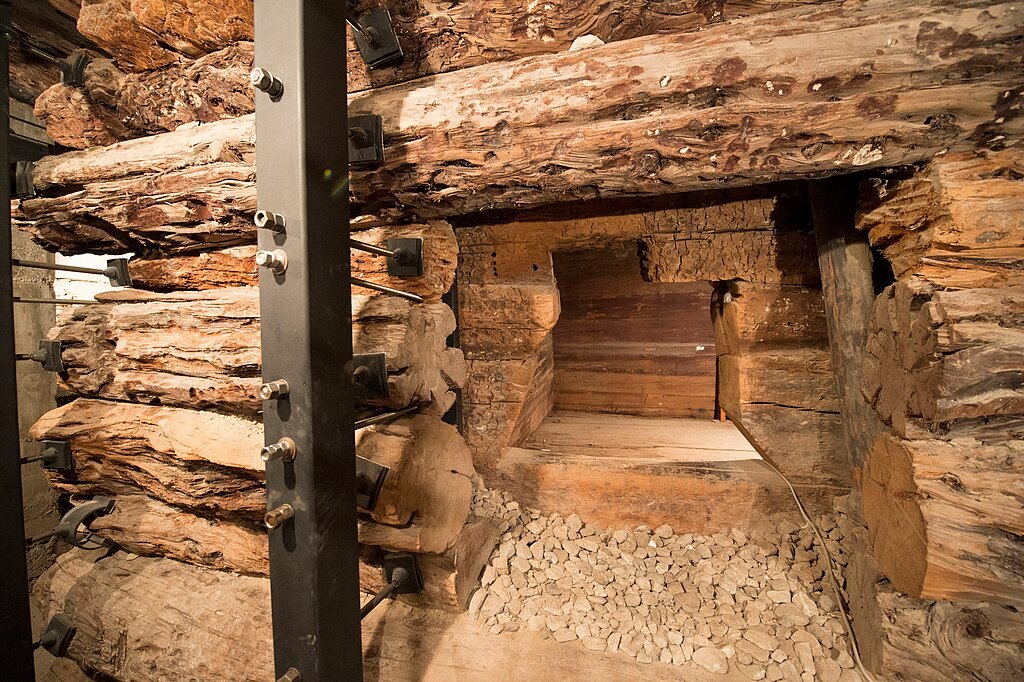
Among the 88 objects recovered, the bronze cauldrons stand out; some still hanging on the tomb walls as though waiting for a long-forgotten feast. Together with finely nailed wooden fittings, these boats imply a burial fit for a king. The workmanship reflects discoveries of bronze treasures and purple-dyed textiles, a sign of royalty, from the Midas Mound. These objects confirm the elite character of the tomb and provide a rare window into Phrygian metallurgy and artistry by their amazing preservation.
What’s Next? Conservation, Exhibition, and the Hunt for More Tombs
Currently undergoing painstaking restoration at the Gordion Museum, the recently discovered relics have a public exhibition scheduled for late 2025. Archaeologists stress, however, that this is only the beginning. Şenyurt said, “The area that has not yet been excavated is much larger than what has been explored.” Future excavations may yet uncover more royal tombs, perhaps even the elusive final resting place of King Midas himself. There are over 120 tumuli surrounding Gordion just 47 of which have been unearthed.
Conclusion: Rewriting History in the Shadow of Midas
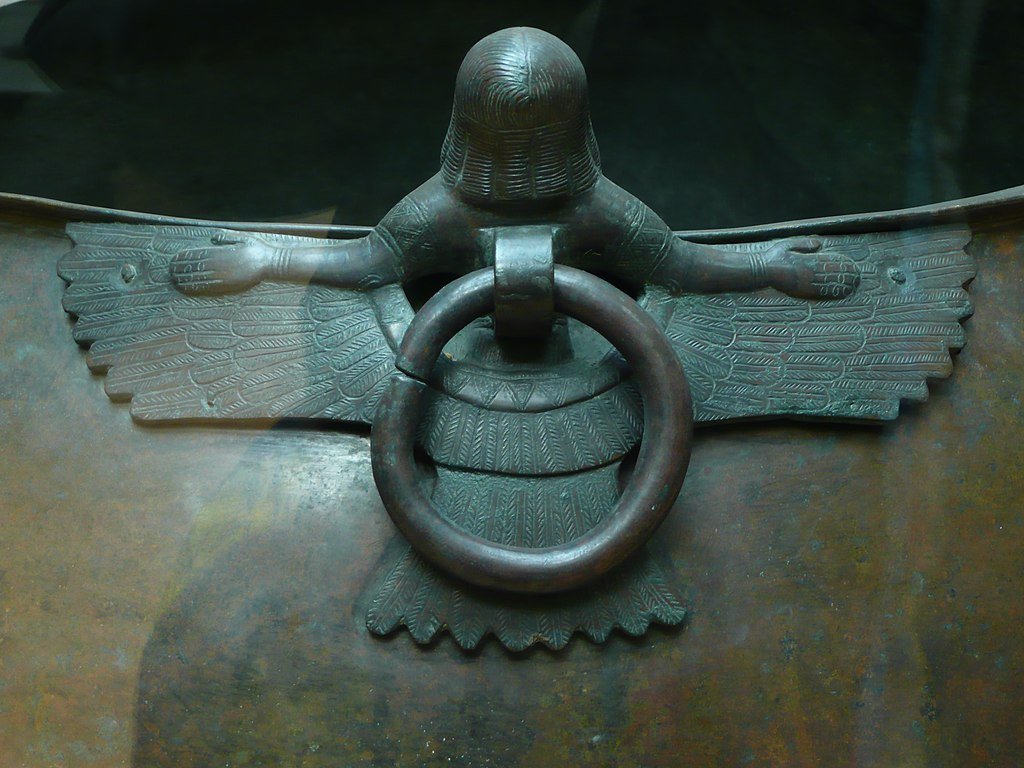
This discovery questions long-held beliefs about Phrygian burial customs and royal lineage, not only adding still another chapter to Gordion’s history. One thing is certain as scientists examine the contents of the tomb: Gordion is still among the richest fields of archaeology for revealing the reality behind old myths. Whether this tomb belonged to a forgotten prince, a queen, a high priest, or another entirely different, its secrets are only now starting to surface and promise to change our knowledge of a civilization once bridging myth and reality.
Sources:

Suhail Ahmed is a passionate digital professional and nature enthusiast with over 8 years of experience in content strategy, SEO, web development, and digital operations. Alongside his freelance journey, Suhail actively contributes to nature and wildlife platforms like Discover Wildlife, where he channels his curiosity for the planet into engaging, educational storytelling.
With a strong background in managing digital ecosystems — from ecommerce stores and WordPress websites to social media and automation — Suhail merges technical precision with creative insight. His content reflects a rare balance: SEO-friendly yet deeply human, data-informed yet emotionally resonant.
Driven by a love for discovery and storytelling, Suhail believes in using digital platforms to amplify causes that matter — especially those protecting Earth’s biodiversity and inspiring sustainable living. Whether he’s managing online projects or crafting wildlife content, his goal remains the same: to inform, inspire, and leave a positive digital footprint.

